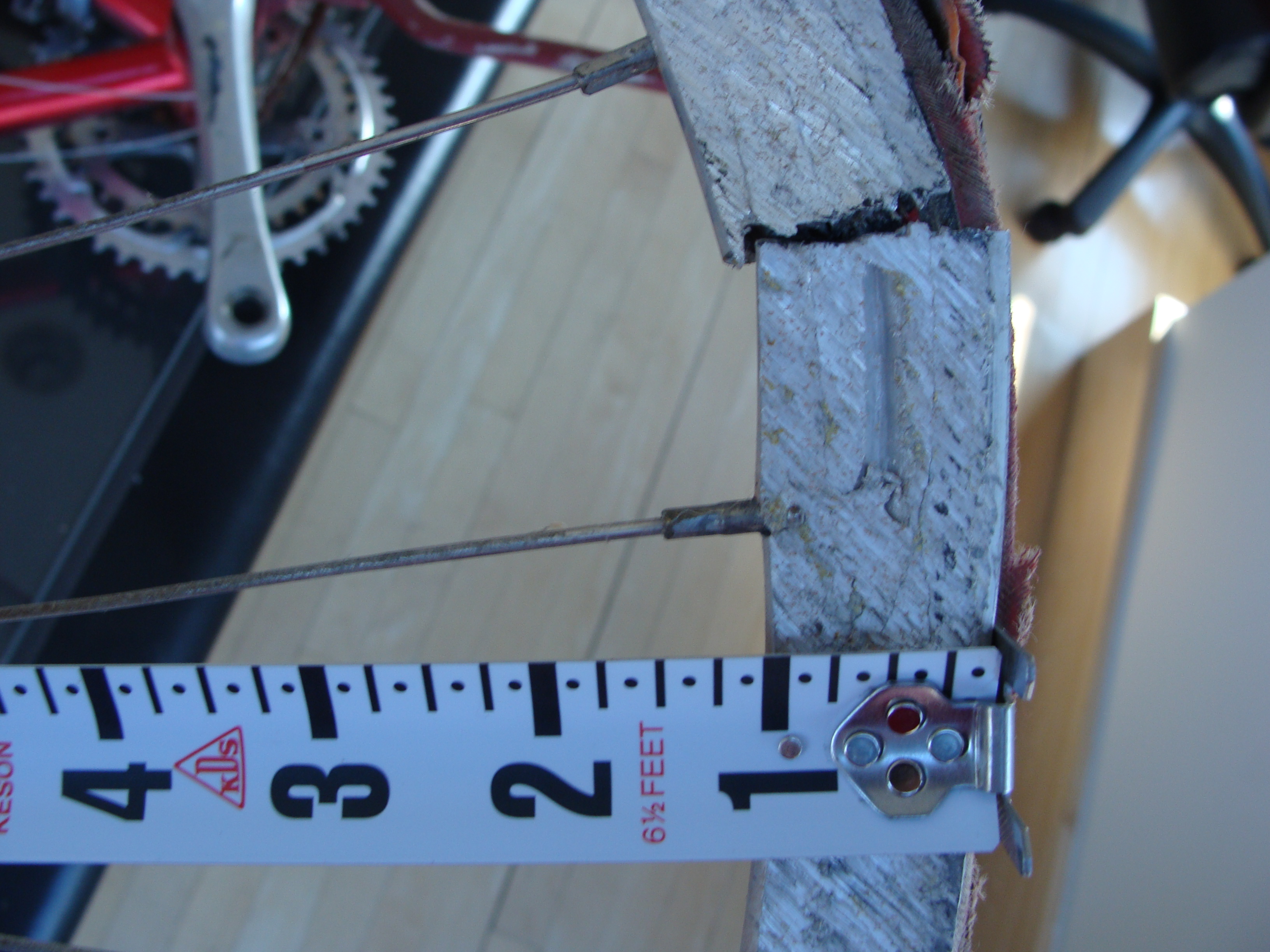Bicycle Accident Reconstruction
Unfortunately, with more people riding bicycles to exercise or enjoy the fresh air, crashes between motor vehicles and bicyclists are increasing. There are obvious differences between a bicycle and a car, which is what makes bicycle accident reconstruction more challenging.
With only two wheels, a bicycle requires balance to maintain control. In addition, a bicycle has a higher center of gravity and a shorter wheelbase than a vehicle. Furthermore, a bicycle is considered to be an articulated vehicle.

A bicycle can crash with or without a collision. Here are a few ways a bicycle can fall without a collision occurring: Low Side, High Side and Pitchover. A bicycle accident reconstruction should include the evaluation of road conditions at the site of the incident. Irregularities in the roadway surface mean different things to bicycle riders than they do to those operating motor vehicles, and these conditions need to be considered when investigating the rider’s actions. Also an investigation should be conducted to determine cyclist experience.
Car v. Bicycle evidence may include:
- Rest positions; however, this is rare.
- Tire marks
- Injuries
- Bike crush
An in-depth investigation should include:
- Speeds of the vehicles
- Night discernibility and conspicuity issues
- Adherence to applicable traffic laws
- Location including traffic signals, signage and pavement markings
- Mechanical condition of bicycle
- Strategy and tactics of all units involved

Introtech's Bicycle Accident Reconstruction Experts
Our team at Introtech have specialized training in this category of accident reconstruction and are skilled in the use of all acceptable mathematical solutions to calculate the speed of involved vehicles. Several of our staff members are avid bicyclists and apply their experience and knowledge to the crash reconstruction analysis. We are familiar with the traffic laws, strategy and tactics that apply to the bicyclist as well as the operator of the motor vehicle.